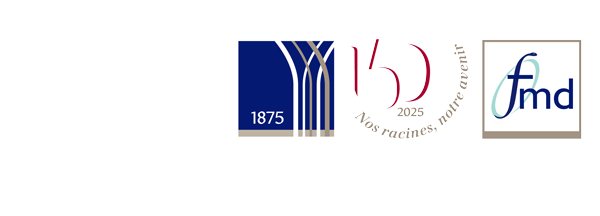Projets de Recherche
A Comparison of The Accuracy of 5 Intraoral Scanners with different dental parameters: An in vitro analysis based on 3-Dimentional Comparisons
Description :
Lately, there has been an amplified attention in digital technology that has devoted in the health care ground, comprising dental field. In specific, the awareness on IOSs has been growing every year and novel devices are constantly launched. Additionally, many features play a fundamental role when buying an IOS, like accuracy, speed, weight, tip size, calibration, and connectivity etc. The depth of view of each scanner and accuracy of the scanning file after modification also play vital functions, however, testing their performance when scanning deep preparations is lacking especially with endocrowns. Furthermore, the type of finish line of endocrown preparations can increase or compromise the lifetime of tooth restorations and this could be correlated with the accuracy of the scanner used. Next, vertical preparation without finish line is getting more perceptible worldwide and studying the scan of vertical preparation compared to the horizontal one will affect the trueness of different IOSs. Further, for some reason, sometimes there is a modification of the preparation that was already scanned, and this can make confusion between clinicians regarding the repetition of the scan or to simply making a cutout and rescanning the area of interest with the same accuracy. Finally, bite registration will be affected by the number of opposing teeth when scanned with different IOSs. The limited studies on the accuracy of various IOSs in terms of depth of view of each scanner, type and effect of finish line of endocrowns restorations, span length, cut out and rescan of the abutment area, and number of opposing teeth for bite registration severely affects the lifetime of tooth restorations. This proposal has as an objective to generate data regarding in vitro strategies applied with various IOSs for a better correlation with the clinical reality.
Titulaire :HARDAN Louis
Contact USJ :
louis.hardan@usj.edu.lb
Chercheur(s) :
Dr Louis HARDAN
Projet présenté au CR, le : 01/09/2022
Projet achevé auprès du CR : 01/09/2025

